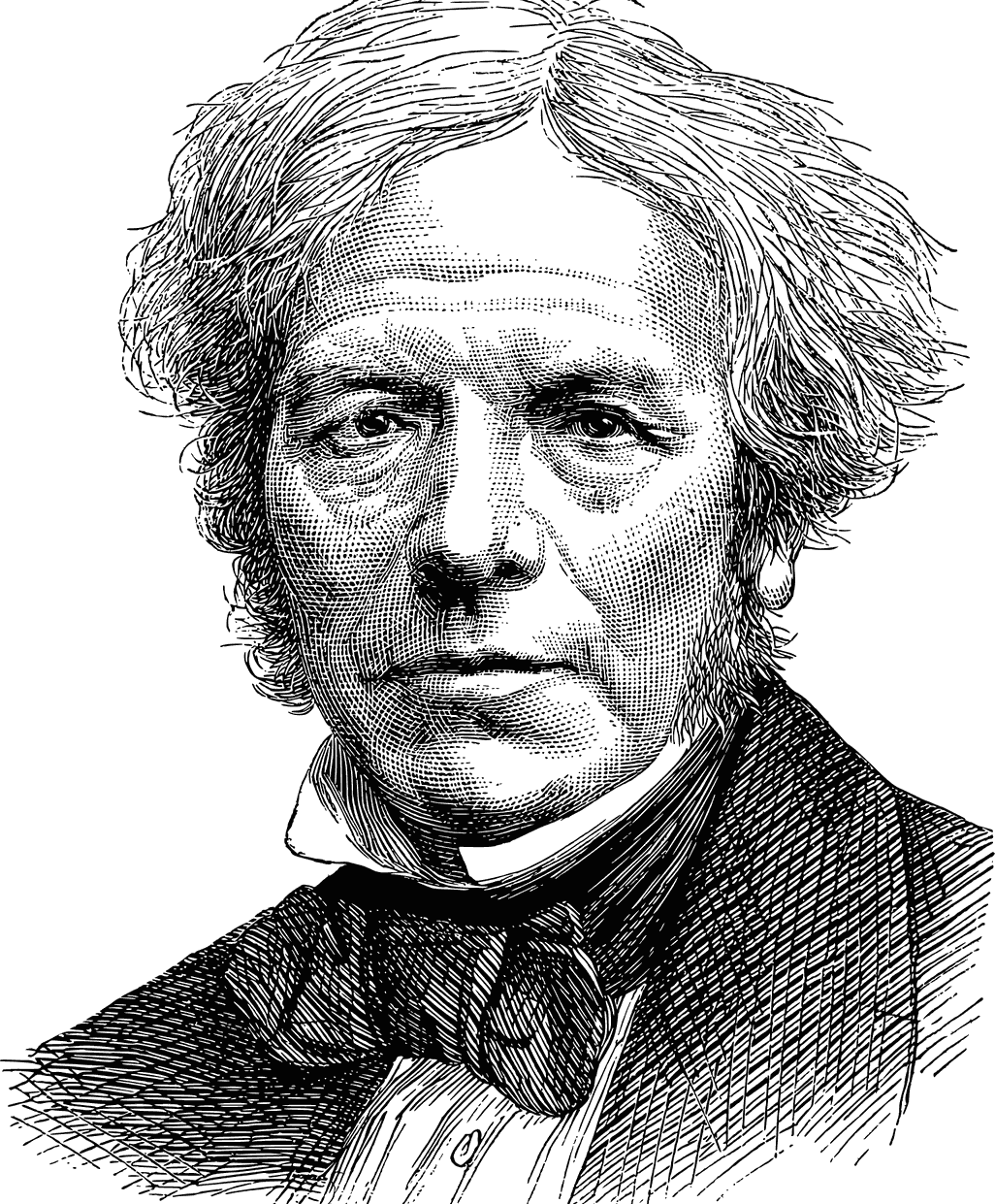
James Clerk Maxwell grouped two pairs of vector differential equations that mark a link between magnetic field, electric field, magnetic polarization, electric polarization and electric current.
Maxwell's equations is the name of a set made up of, currently, two pairs of equations that can be formulated either differentially, integrally or according to the propagation of the wave (through a material medium or by the empty). This group, which at some point in history was larger, is identified with the surname of James Clerk Maxwell , a scientist and mathematician of Scottish origin who managed to capture a lot of work and experimental results in few equations .
Through these mathematical equalities, as can be seen from practice, electromagnetism is summarized, described and explained. Thanks to Maxwell 's work, different postulates related to the magnetic field , the electric field and the current applied to conductors were unified in order to provide a solid definition of the electromagnetic field . With this achievement, the expert helped clarify several phenomena and give entity to electromagnetic waves .
It should be noted that the contributions of the author of "A Dynamical Theory of the Electromagnetic Field" were improved by Willard Gibbs and Oliver Heaviside , who grouped and reformulated the old equations giving them a vector notation that persists to this day.
Description of Maxwell's equations
Below we will offer a list and description of Maxwell's equations with the intention of adding details about each one.
One of them is called Gauss's Law for electricity . This principle focuses on the link established between a net charge that is confined in a closed surface and the flow of the electric field detected in it. According to this reasoning, there is an equality between said flow of the electric field and the quotient that results from the sum of charges existing within the surface and the so-called electric permittivity exhibited in a vacuum.
Gauss's Law for magnetism is also contemplated. Here the importance of a magnetic field having a closed line of flow (or force) is pointed out. To reach this conclusion, it was determined, experimentally, that unlike an electric field , the magnetic field does not start and end with different charges. Therefore, there is zero divergence and it is certified that there are no magnetic monopoles .
Also included in this set is Faraday's Law of electromagnetic induction . In this content, both the magnetic and electric fields are connected and it is evident that, by modifying the magnetic flux that passes through a certain surface, a voltage is generated. It is useful when understanding how a generator or electric motor works.
Finally, attention must be directed to the Ampère-Maxwell Law , initially proposed around an electric current that does not exhibit variations over time and a magnetic field that is essentially immobile . Maxwell was in charge of making a correction to this equation with the intention of adapting it to a non-stationary field. Later, Heinrich Rudolf Hertz managed to experimentally verify this proposition.

The British-born scientist Michael Faraday discovered, for example, electromagnetic induction and from his contributions in this regard, the so-called Faraday's Law was born.
Fundamental constants
To work and apply Maxwell's equations it is necessary to take into account the fundamental constants that are related to them.
One is known as the permeability constant (mu) , similarly classified as free space permeability or magnetic constant . It accounts for the proportionality that involves, within the framework of the formation of a magnetic field in a classical vacuum environment, the magnetizing force and magnetic induction .
Another is the permittivity constant (epsilon) or vacuum permittivity . It is a physical constant with an ideal profile that is used to measure the density acquired by an electric field that is formed in a vacuum as a reaction to the existence of an electric charge . In it, the theory says, units of an electric charge are linked to variables such as force or length .

Thanks to Maxwell's equations it is possible to determine how a WiFi signal propagates and obtain precision about the speed of light, for example.
Causes and effects of Maxwell's equations
As causes and effects of Maxwell's equations, it is possible to mention the principle of conservation of charge as a consequence of physical roots. From this postulate it follows that electric charge can be transferred, but not destroyed or created.
Knowing about them and discovering their scope is interesting and useful since they have applications in technology for the field of medicine , as well as taking advantage of them in the areas of traditional communication , telecommunications and computing . When investigating its usefulness in depth, the propagation in an optical fiber and the arrival of the WiFi signal come to light, for example.
Nor should we fail to highlight that Maxwell's equations , together with the Lorentz force , constitute the basis of the most classic version of electromagnetic theory .
